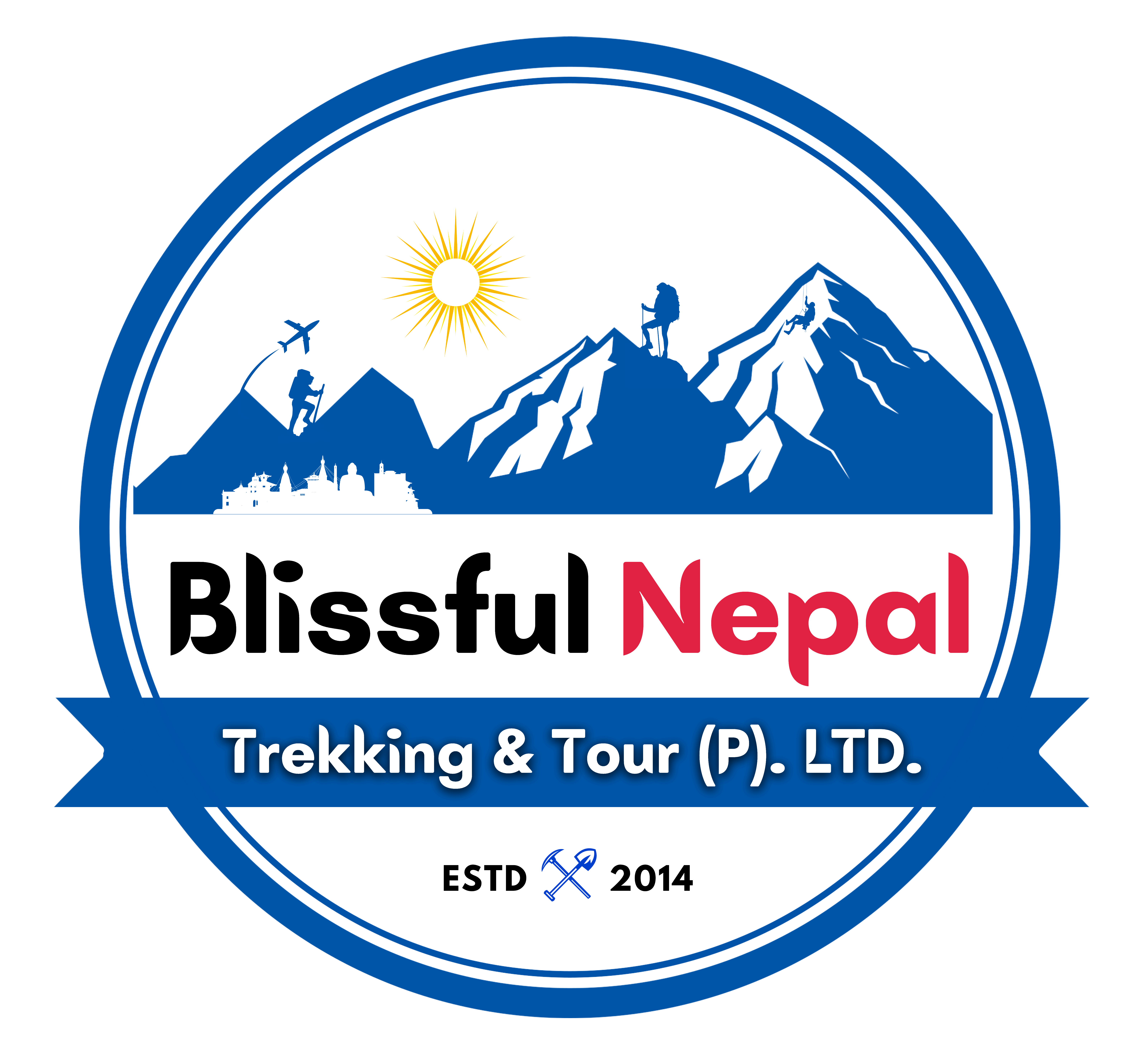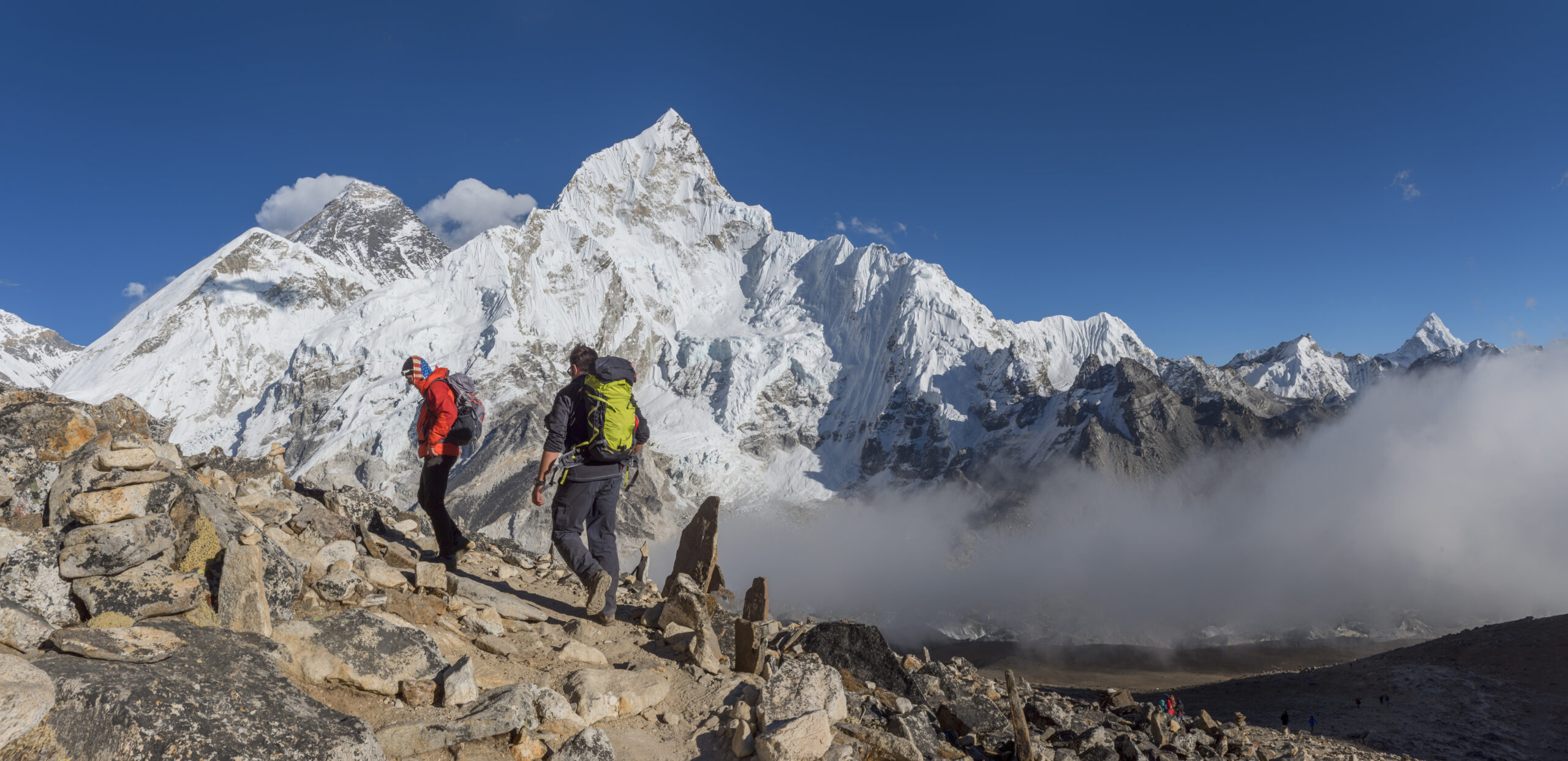Embark on an unforgettable journey with the Everest Base Camp Trek FAQs, your comprehensive guide to conquering the iconic trek to Everest’s base camp. This updated resource answers all your queries, offering insights into the Everest Base Camp trek’s duration, best time to visit, required permits, and essential gear. From the trek’s difficulty level and physical preparation tips to altitude sickness precautions and emergency procedures, find detailed information to ensure a safe and rewarding experience. Delve into the trek’s route, highlighting notable attractions, accommodation options, and cultural considerations along the way. Whether you’re planning your itinerary, seeking safety tips, or curious about local customs, this EBC Trek FAQS guide arms you with the latest, invaluable insights, ensuring an informed and memorable Everest Base Camp adventure while addressing the most sought-after Everest Base Camp Trek FAQs.
Table of Contents
- 1 Introduction to Everest Base Camp Trek
- 2 Preparation and Training
- 2.0.1 What is the difficulty level of the Everest Base Camp trek?
- 2.0.2 What permits and documents are required for the Everest Base Camp trek?
- 2.0.3 Is it possible to do the Everest Base Camp trek without a guide?
- 2.0.4 What is the cost of the Everest Base Camp trek?
- 2.0.5 What is the elevation of Everest Base Camp?
- 3 Physical Preparation and Gear
- 4 Trek Route and Itinerary
- 5 Accommodation and Safety
- 6 Altitude Sickness and Safety
- 6.0.1 What is altitude sickness, and how can I prevent it during the Everest Base Camp trek?
- 6.0.2 What are the signs and symptoms of altitude sickness?
- 6.0.3 What should I do if I experience altitude sickness during the trek?
- 6.0.4 How is emergency evacuation handled in case of emergencies on the Everest Base Camp trek?
- 7 Other Considerations
Introduction to Everest Base Camp Trek
Embark on a remarkable journey to the base of Mount Everest with the Everest Base Camp trek. Traverse Nepal’s Himalayan beauty, witness Sherpa culture, and experience diverse terrains on this iconic adventure.
What is the Everest Base Camp trek?
The Everest Base Camp trek leads to Mount Everest’s base, showcasing Himalayan landscapes and Sherpa culture on a journey through Nepal’s rugged terrains.
How long does it take to complete the Everest Base Camp trek?
Typically spanning 12-14 days, the Everest Base Camp trek duration varies based on route choices, acclimatization needs, and individual pacing.
What is the best time of year to trek to Everest Base Camp?
Optimal periods for the Everest Base Camp trek are pre-monsoon (March to May) and post-monsoon (late September to November) for ideal weather conditions.
Preparation and Training
Prepare for the Everest Base Camp trek by focusing on fitness and gear. Build endurance, acclimatize, and ensure necessary permits for this moderately challenging trek.
What is the difficulty level of the Everest Base Camp trek?
Moderately challenging, the trek demands good fitness and prior hiking experience due to altitude variations and varying terrains.
What permits and documents are required for the Everest Base Camp trek?
Trekkers need Sagarmatha National Park Permit, TIMS card, and a Nepal entry visa, obtainable in Kathmandu or Lukla before commencing the trek.
Is it possible to do the Everest Base Camp trek without a guide?
While feasible, hiring a guide or joining a tour ensures safety, local knowledge, and support, especially for first-time trekkers.
What is the cost of the Everest Base Camp trek?
Costs range between $1,000 to $2,000, covering permits, accommodation, meals, and guide/porter fees, varying with package choices and personal expenses.
What is the elevation of Everest Base Camp?
Everest Base Camp sits at around 5,364 meters (17,598 feet) above sea level, offering astounding views of Mount Everest.
Physical Preparation and Gear
What kind of physical fitness is required for the Everest Base Camp trek?
Good cardiovascular endurance, leg strength, and regular training with cardio exercises and hiking prepare trekkers for the physical demands.
How should I prepare/train for the Everest Base Camp trek?
Training involves aerobic workouts, backpack hiking, and gradual altitude exposure, focusing on building endurance and strength.
What gear and equipment are essential for the Everest Base Camp trek?
Essential gear includes trekking boots, insulated clothing, a quality sleeping bag, trekking poles, sunglasses, and a well-stocked medical kit.
What vaccinations or health precautions should I take before the trek?
Vaccinations for Hepatitis A, Typhoid, Tetanus, and consultations for altitude sickness prevention medications are recommended.
Trek Route and Itinerary
Starting from Lukla and concluding at Everest Base Camp, the trek navigates through Namche Bazaar, Tengboche, and Gorak Shep, offering awe-inspiring views and cultural experiences.
What is the typical route for the Everest Base Camp trek?
Starting from Lukla, the trek passes Namche Bazaar, Tengboche, Dingboche, and Gorak Shep, culminating at Everest Base Camp.
Where do you start and end the Everest Base Camp trek?
Most trekkers begin from Lukla after a Kathmandu flight and conclude at Everest Base Camp before retracing the route to Lukla.
What are the highlights or attractions along the Everest Base Camp trek route?
The trek showcases Everest views, suspension bridges, monasteries, Sherpa culture, and unique Himalayan flora and fauna.
Are there any side trips or alternative routes during the trek?
Side trips to Kala Patthar, Gokyo Lakes, or opting for the Three Passes trek offer extra scenic experiences and challenges.
Accommodation and Safety
Tea houses and lodges along the route provide basic amenities, reducing the need for camping. Focus on hygiene and altitude safety measures during this unforgettable trek.
What are the accommodation options during the Everest Base Camp trek?
Tea houses or lodges are prevalent along the route, providing meals, beds, and basic amenities. Camping is possible but less common.
Are there tea houses or lodges along the route, or do I need to camp?
Tea houses and lodges suffice for accommodation, reducing the necessity for camping. These places offer meals, beds, and interaction opportunities.
What are the restroom and hygiene facilities like during the trek?
Tea houses provide shared restroom facilities, usually squat toilets. Carrying personal hygiene items is advisable for cleanliness.
Altitude Sickness and Safety
Understand altitude sickness, its symptoms, and preventive measures to ensure a safe and enjoyable trek. Emergency evacuation options and travel insurance are essential considerations.
What is altitude sickness, and how can I prevent it during the Everest Base Camp trek?
Altitude sickness results from reduced oxygen. Prevent it by gradual ascent, hydration, acclimatization, and recognizing symptoms like headaches or nausea.
What are the signs and symptoms of altitude sickness?
Symptoms include headaches, dizziness, nausea, loss of appetite, fatigue, and sleep difficulties. Severe cases can lead to HACE or HAPE.
What should I do if I experience altitude sickness during the trek?
Descend immediately if symptomatic, rest, hydrate, and seek medical help if symptoms persist or worsen.
How is emergency evacuation handled in case of emergencies on the Everest Base Camp trek?
Emergency evacuations use helicopters. Having travel insurance covering emergencies is strongly recommended.
Other Considerations
Is travel insurance necessary for the Everest Base Camp trek?
Comprehensive travel insurance covering emergencies and unforeseen circumstances is crucial for peace of mind.
What are the cultural and environmental considerations while trekking to Everest Base Camp?
Respecting local customs, minimizing environmental impact, and using eco-friendly products are crucial for responsible trekking.
Are there any age restrictions for the Everest Base Camp trek?
While no specific age limit exists, good health is necessary. Older adults should consult healthcare professionals before attempting the trek.

